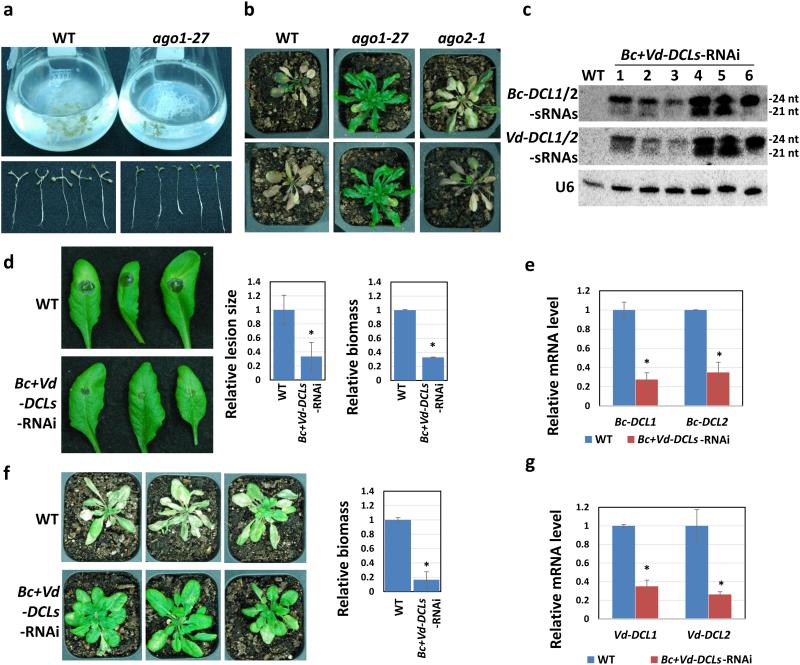Figure 6. Arabidopsis plants expressing hairpin RNAs that simultaneously target DCL genes of B. cinerea and V. dahilae show enhanced disease resistance to both pathogens.
(a) The Arabidopsis ago1-27 mutant was more resistant to V. dahilae compared with WT plants in root culture conditions. (b) Arabidopsis ago1-27, but not ago2-1 mutant, was less susceptible to V. dahilae when compared with WT plants grown in soil. (c) The expression levels of Bc-DCL1/2-sRNAs and Vd-DCL1/2-sRNAs in the Arabidopsis Bc+Vd-DCLs-RNAi transgenic plants were examined by Northern blot analysis. (d) Arabidopsis Bc+Vd-DCLs-RNAi plants display reduced disease after infection of B. cinerea. Relative lesion sizes were measured 3 dpi using ImageJ, and error bars indicate the SD of 10 leaves. B. cinerea biomass was measured 3 dpi by quantitative PCR, and error bars indicate the SD of three technical replicates. (e) Quantitative RT-PCR showed that Bc-DCL1 and Bc-DCL2 were silenced in B. cinerea-infected Arabidopsis Bc+Vd-DCLs-RNAi plants compared with WT plants. (f) Arabidopsis Bc+Vd-DCLs-RNAi plants were less susceptible to V. dahilae compared to WT plants. Relative biomass of V. dahilae was measured at 3 weeks post inoculation, and error bars indicate the SD of three technical replicates. (g) The expression level of Vd-DCL1 and Vd-DCL2 were suppressed in V. dahilae-infected Arabidopsis Bc+Vd-DCLs-RNAi plants. Asterisks represent statistically significant differences (P < 0.01). Similar results were obtained from three biological replicates (a-g).

